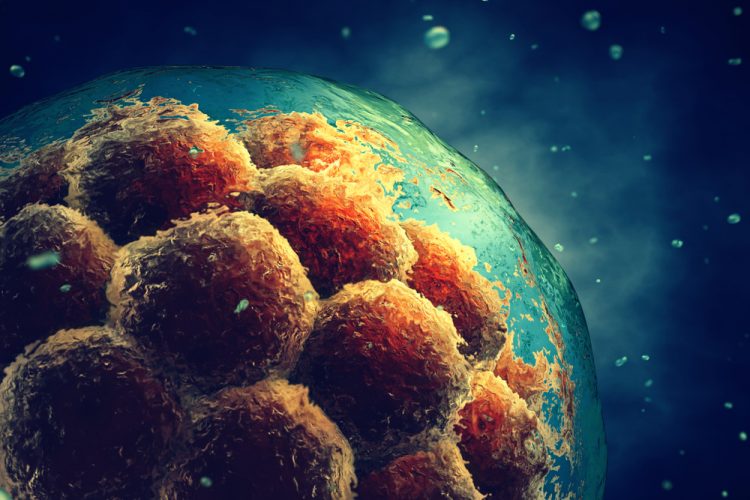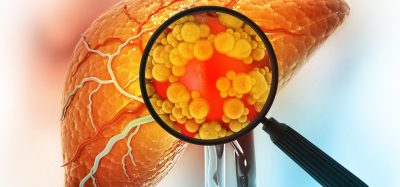The research has been published in Developmental Cell.
Cell contacts in embryonic development determine cellular fate
Posted: 12 October 2017 | Dr Zara Kassam (Drug Target Review) | No comments yet
Researchers have identified a positive feedback loop between the duration of cell-cell contacts and the specification of a cell’s fate…


Researchers have shed light on how a cell’s fate is determined. The researchers looked at progenitor cells within the forming anterior axial mesendoderm that give rise to either the head mesoderm or endoderm of the developing embryo.
In this system, the authors identified a positive feedback loop between cell-cell contact formation and cell fate specification: when mesendoderm progenitor cells form long-lasting cell-cell contacts, the cells become head mesoderm, while in case they only form short-lasting contacts, they will form endoderm.
Cell-cell contact formation and cell fate specification promote each other by contact formation triggering high Nodal/TGFβ-mediated cell-cell signalling, required for head mesoderm cell fate specification and differentiation, and Nodal signalling, in turn, promoting cell-cell contact formation.
The authors thereby identify cell-cell contact duration – as opposed to e.g. the number or size of cell-cell contacts – as a key feature in controlling the level of cell-cell signalling determining binary cell fate decisions during embryonic development.
In our bodies, cells do not just sit next to each other. Instead, neighbouring cells can form contacts with each other: connections of different size, strength and duration which reach from one cell to another. Carl-Philipp Heisenberg at the Institute of Science and Technology Austria and his group used the zebrafish, a small fish frequently used to study animal development, to investigate whether signalling between cells and cell-cell contact formation affect each other, and influence how a cell’s fate is determined.
Related topics
Genomics, Stem Cells
Related organisations
Institute of Science and Technology
Related people
Carl-Philipp Heisenberg, Vanessa Barone







